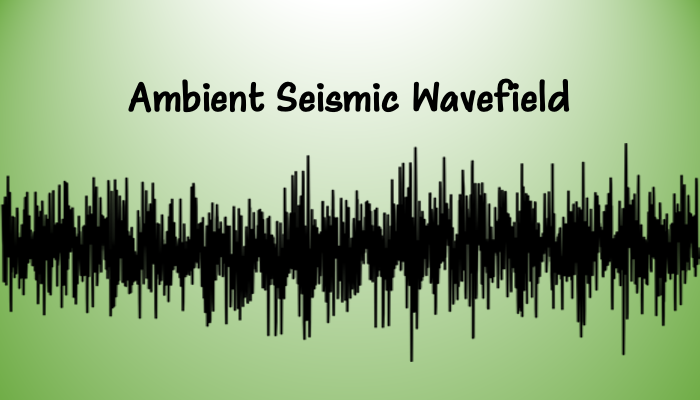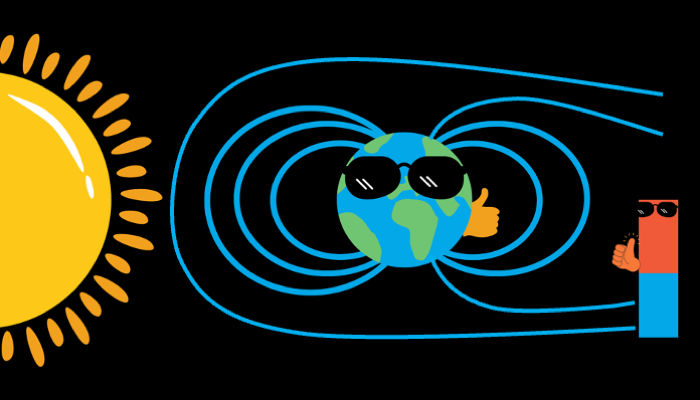Every now and then, the surface of our planet shakes violently during earthquakes like the recent magnitudes 7.8 and 7.5 Kahramanmaraş Earthquake Sequence in Türkiye. These vibrations are recorded by instruments called seismometers and are then processed and analyzed by seismologists to study the earthquake processes themselves as well as other deep Earth structures. Interestingly, seismometers al ...[Read More]
Magnets are cool, and….. so is the Earth!
Magnets are cool, who does not like them? And the planet that we live in, the Earth, itself is a huge magnet. Not only does the Earth’s magnetic field protect us from harmful radiation from space, but it can also help us reveal some of the secrets of our planet. Local variations in the magnetic field can be used to probe the subsurface of the Earth from crustal to mantle depths. Although there is ...[Read More]
LLSVPs: Mysteries in the Deep Mantle
Did you know that there are big, blob-like anomalies in the deep mantle which are larger than a continent and rise up to hundreds of kilometers from the core-mantle boundary? Today’s post is all about those blobs and what we know and do not know about them. If you want to know more about why these blobs are so interesting to study, check out this other cool blog post by Jamie Ward. If you look at ...[Read More]
Into the anisotropic Earth
While we have sent several rovers to Mars, drilling down even just to the mantle of our own planet is a challenge that we are yet to overcome. How is it then that we know all these things about our planet’s interior? It turns out, we do not need to be inside the Earth to know what is happening there. Observations from geophysics and geochemistry can inform us about the processes and the properties ...[Read More]




